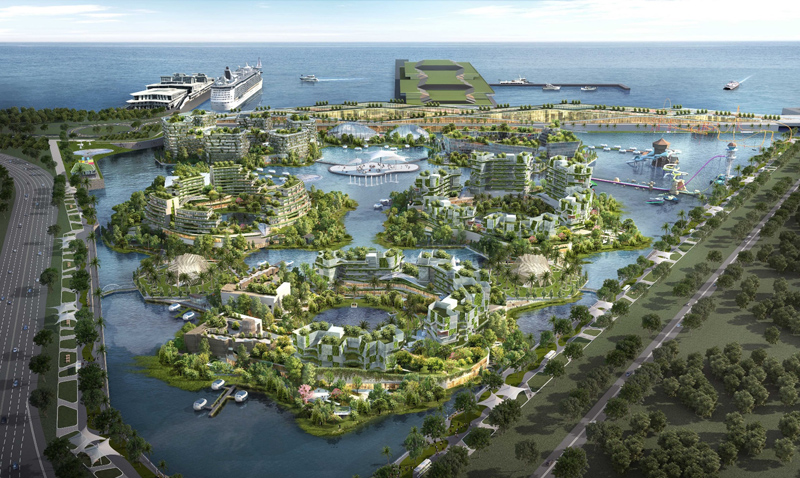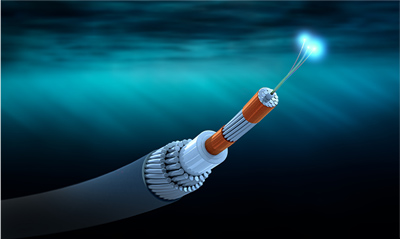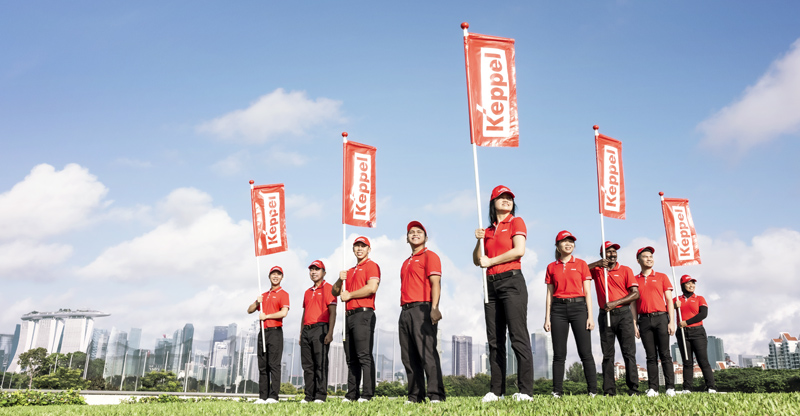2021 was a watershed year for Keppel, as the Group rallied together to accelerate the execution of Vision 2030. Against a volatile backdrop marked by continuing COVID-19-related curbs, supply chain disruptions, geopolitical tensions and inflation, Keppel delivered a strong set of results.
For the first time since 2015, at the start of the offshore & marine (O&M) downturn, Keppel Corporation's full year net profit crossed $1 billion, reversing the net loss of $506 million in 2020. Our revenue also grew 31% to $8.6 billion in 2021.
Significantly, our strong progress in asset monetisation contributed to a strong cash inflow of $1.75 billion for the year, compared to an outflow of $72 million in FY 2020. Our net gearing also fell to 0.68x at the end of 2021 from 0.91x at the end of 2020. We were thus able to propose a final dividend of 21.0 cents, bringing the total dividend to 33.0 cents per share, more than three times what we had paid for the whole of FY 2020.
As part of our efforts to be more disciplined and refocus our portfolio, we announced the proposed combination of Keppel offshore & Marine (Keppel O&M) and Sembcorp Marine, including the resolution of Keppel O&M’s legacy rigs, as well as the proposed divestment of our logistics business. We have made good progress in both these areas and are working towards signing definitive agreements by the end of 1Q 2022.
During the year, we continued to drive transformation and growth in each of our key business units. We have also made significant strides forward in other Vision 2030 targets, such as strengthening governance, driving innovation, enhancing employee engagement, and improving our safety performance. We achieved our zero-fatality target in 2021 and saw improvements across our Total Recordable Injury, Accident Frequency and Accident Severity Rates. Reflecting our commitment to sustainability, we announced our target to halve the Group's Scope 1 and 2 carbon emissions by 2030 from 2020 levels and achieve net zero by 2050.




